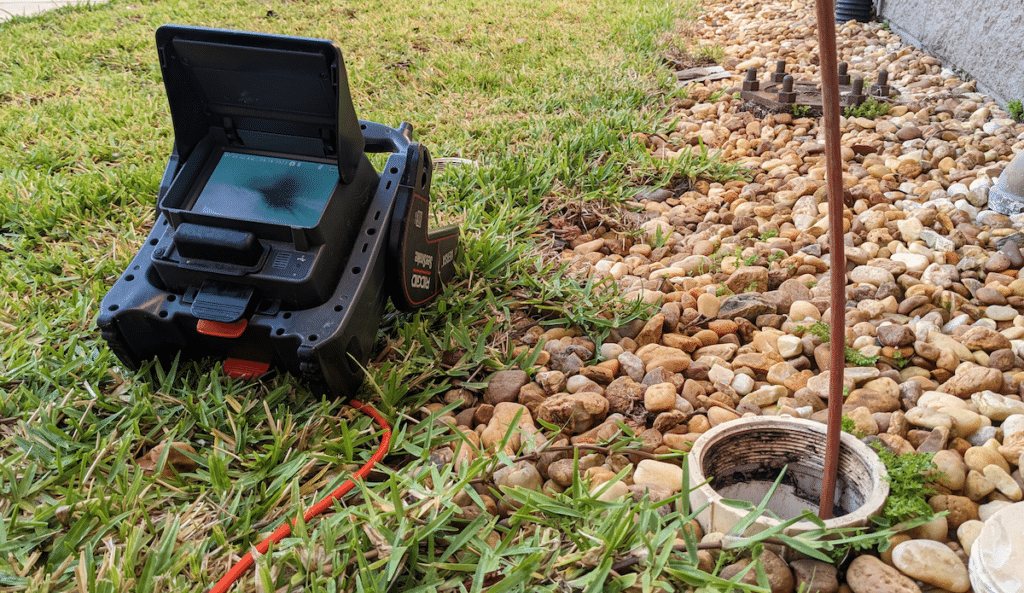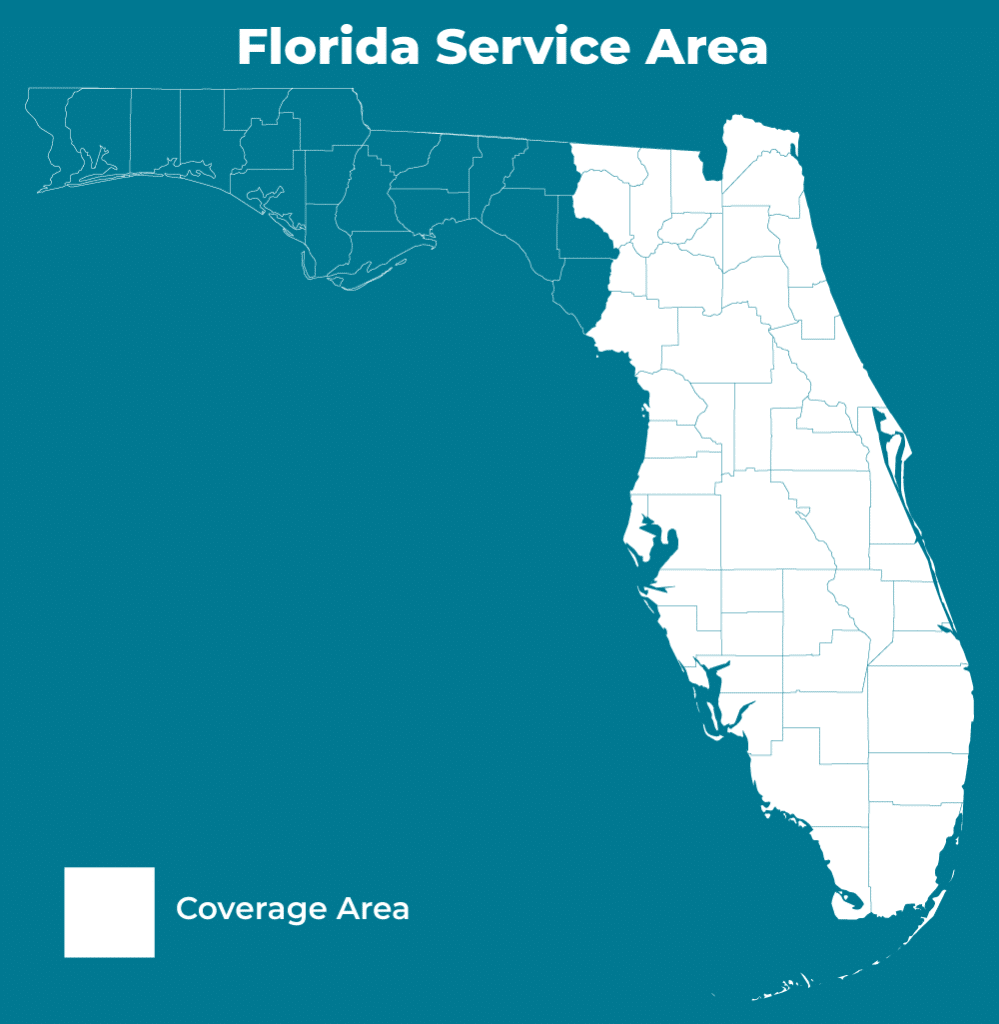Behind the walls and beneath the floors of your home lies a complex network of pipes and plumbing systems. While these systems are crucial to your daily life, they can sometimes develop problems that are hidden from plain sight. That’s where pipe camera inspection comes into play. In this article, we’ll explore what a pipe camera inspection is used for and what the skilled camera operator looks for, helping you understand the importance of this advanced leak detection technique.

Understanding Pipe Camera Inspection
A pipe camera inspection is a non-invasive, high-tech procedure used to inspect the interior of pipes and plumbing systems. It involves the use of a specialized waterproof camera attached to a flexible cable that is inserted into the pipes. The camera provides real-time footage of the interior, allowing for a thorough visual inspection.
What is a Pipe Camera Inspection Used For?
1. Leak Detection:
– Camera inspections are incredibly effective at identifying leaks, cracks, and damaged pipes. Operators can pinpoint the exact location and severity of leaks, allowing for precise repairs.
2. Blockage Detection:
– Clogs and blockages can disrupt the flow of water and lead to backups. Camera inspections reveal the nature of blockages, whether it’s due to debris, roots, or other obstructions.
3. **Assessment of Pipe Condition:
– Over time, pipes can deteriorate or corrode. Camera inspections provide a clear view of the condition of pipes, helping homeowners and professionals determine whether pipe replacement is necessary.
4. Inspection of Drainage and Sewer Lines:
– Camera inspections are used to assess the health of drainage and sewer lines, identifying issues like tree root intrusions, cracks, or collapses that can lead to sewage backups.
5. Preventative Maintenance:
– Regular camera inspections as part of preventative maintenance can catch issues before they become major problems, saving homeowners from costly repairs.
What Does the Camera Operator Look For?
During the proceedure, the operator carefully examines the interior of the pipes, looking for the following:
1. Leaks and Cracks:
– The operator checks for any signs of water leakage or structural damage in the pipes. Leaks may appear as dripping water or moisture along the pipe’s surface.
2. Blockages and Obstructions:
– Any blockages or foreign objects obstructing the flow of water are identified. This helps determine the best course of action for clearing the blockage.
3. Corrosion and Deterioration:
– Signs of corrosion, rust, or general deterioration are noted. This information is essential for evaluating the overall health of the plumbing system.
4. Root Intrusions:
– In the case of sewer or drainage pipes, tree root intrusions are a common issue. The camera operator looks for roots that may have penetrated the pipe walls.
5. Pipe Material and Condition:
– The operator records the type of pipe material and assesses its overall condition to determine if repairs or replacements are necessary.
A pipe camera inspection is a powerful diagnostic tool that helps homeowners and professionals uncover hidden plumbing issues. By providing a clear visual of the interior of pipes, it allows for accurate assessments and targeted solutions, ultimately saving time and money.
At Sleuth Leak Detection, we specialize in pipe camera inspections and leak detection services. Our expert camera operators are trained to identify and address plumbing issues efficiently and effectively. Don’t wait for plumbing problems to escalate; schedule an appointment today and gain valuable insights into the health of your plumbing system, ensuring a hassle-free and well-maintained home.


